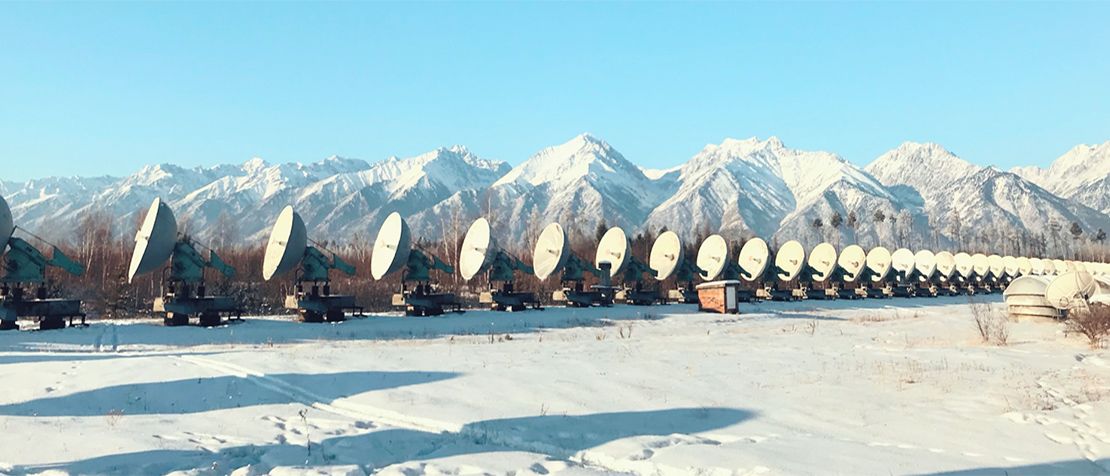
Satellite sector signals development agenda
In many cases, satellites remain unmatched for reaching remote areas.
“Satellite is good for coverage. It reaches places that other technologies can’t reach.” – Aarti Holla-Maini, Secretary General of the EMEA Satellite Operators Association (ESOA)
In view of the emergence of technologies like artificial intelligence (AI), the Internet of Things (IoT) and 5G, the satellite sector is keen on highlighting its benefits for development initiatives.
Aarti Holla-Maini, Secretary General of the Europe Middle East and Africa Satellite Operators Association (ESOA), understands that satellite’s competitive advantage with reach translates to responsibility. At the 18th Global Symposium for Regulators, Holla-Maini identified the three Cs – connectivity, collaboration and communications – of its development agenda.
Its reach is only one of the reasons why the satellite industry will play a key role in advancing the private sector’s technology for good agenda.
Connectivity
Like its private-sector counterparts Facebook and Microsoft, ESOA kept connectivity front and center of the first Industry Advisory Group for Development Issues (IAGDI) meeting in Geneva, Switzerland last week.
“The overwhelming outcome was that connecting everybody … sustainably, affordably has to be the number one priority.” – Holla-Maini
On the issue of affordability, the satellite industry is driving change, says Holla-Maini. Innovations in the space sector are helping to bring the cost of connectivity down. It’s also cheaper than ever to launch satellites, she points out.
Holla-Maini asserts collaboration is key to developing “the most cost-effective, fastest, cheapest way to connect people.”
Collaboration
To connect the unconnected, ESOA is betting not only on innovation within the satellite industry, but also on collaboration across industries.
“By being convened by the ITU, by being multistakeholder, multisector, and by being neutral it [IAGDI] provides a really good platform that we hope will foster collaboration between different industries.” – Holla-Maini
ESOA sees GSR as a platform for making satellite’s benefits visible. As Holla-Maini points out, “We’re not a hand-held device.”
Even if people cannot hold a satellite in the palm of their hand, Holla-Maini understands the importance of being user-centric.
“We should be setting a set of common objectives across the industry keeping the user at the center of the objective.” – Holla-Maini
Focusing on the user is key to successful private sector collaboration on expanding connectivity.
Communications
Satellites offer traditional advantages that support development initiatives, says Holla-Maini. For example, satellite’s monitoring capabilities are very relevant to climate change and earth observation.
Where satellites stand out is in their ability to communicate the data we generate, she says.
“Communications is probably the gel that brings it all together.” – Holla-Maini
In looking to the future, Holla-Maini sees a role for satellites in broadcasting and backhauling the masses of data we will generate with the IoT.
Simply put, satellites keep services running consistently. Like a battery-operated radio, its benefit to development persists in the Digital Age.
WATCH THE INTERVIEW:
